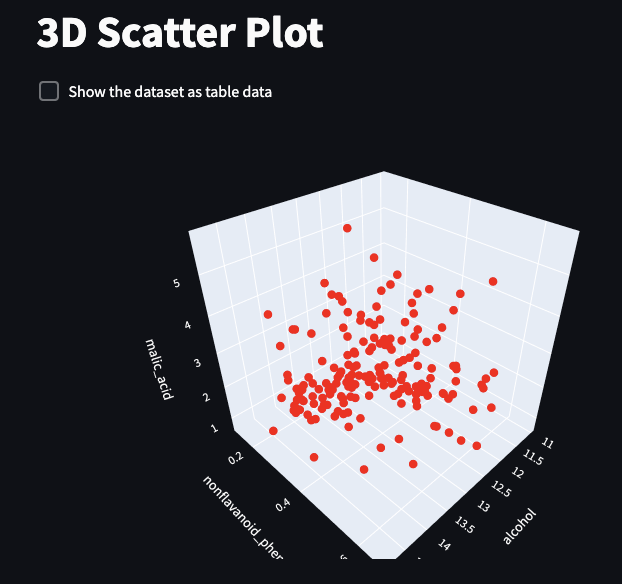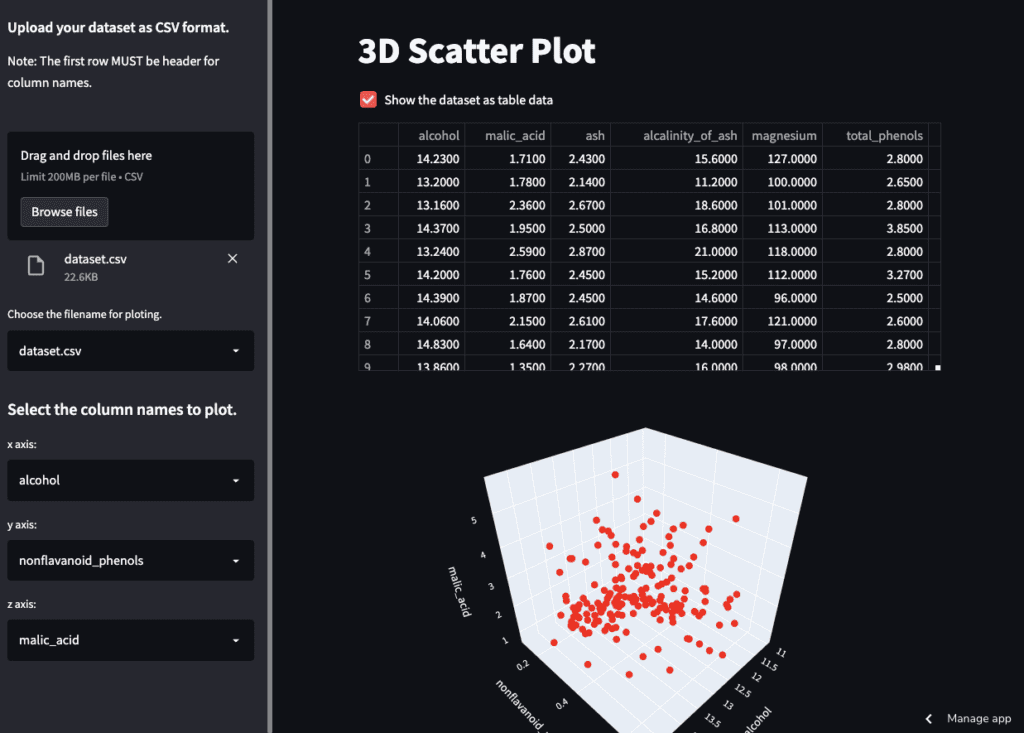PyCaret is a useful auto ML python library because we can deploy machine learning models with low codes. We can also perform preprocessing, compare models, and tune hyperparameters, of course with low codes.
This article is a summary of the list of the PyCaret articles introduced in this blog.
Dockerfile for PyCaret
We create a docker image for PyCaret from Dockerfile. This post is intended for mastering how to build a docker image from Dockerfile with docker commands.
Tutorial of PyCaret, Regression Analysis
This post is for beginners.
In this post, we will see the tutorial of PyCaret with a regression analysis against the Boston house prices dataset. This post is intended with the step-by-step guide in mind.
Prediction of Diabetes Progression by PyCaret, Regression Analysis
This post is one of the good examples of regression analysis.
The purpose is to learn the basics of regression analysis using PyCaret. Using a famous data set, we will master the basics of everything from model construction to analysis of results.
PyCaret 2.3.6, incredible update; Convert model and Web App
PyCaret 2.3.6, incredible update; Dashboard and EDA functions
PyCaret was fully updated in version 2.3.6.
In version 2.3.6, several new features were added. In this article, You can check the major changes. These articles are also worth reading to get an idea of the latest new features in PyCaret.




